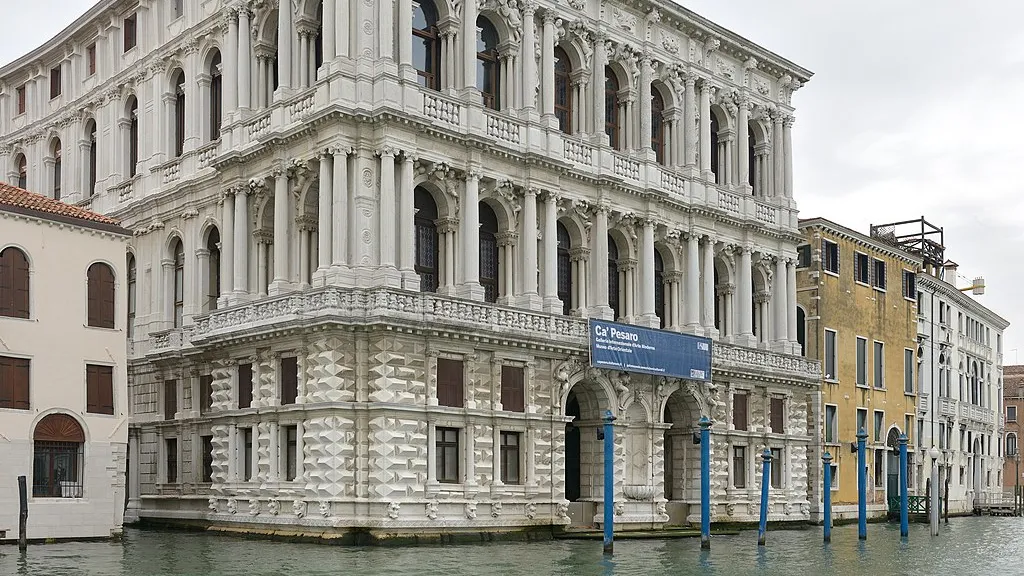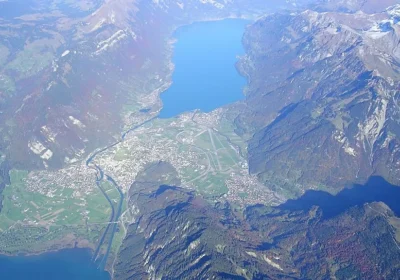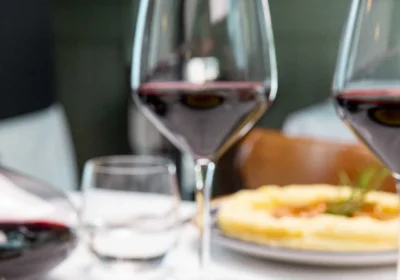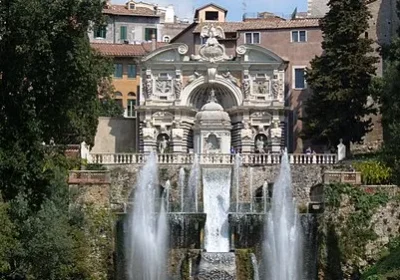Museo Ca’Pesaro:
Beyond the high windows of the magnificent baroque façade of the palazzo Ca’Pesaro on the Grand Canal, owned by the Venetian municipality, is the Museum of Oriental Art. As it happens, the last owner of the palace, Duchess Felicita Bevilacqua La Masa, gave it to the city in her will on the condition that it would also house her collection of paintings and sculptures from the IXX-XX centuries. Now the palace has not one, but two museums.
In the middle of the XVII century, the wealthy Venetian family of Pesaro commissioned the famous architect Baldassare Longenu, author and builder of the Cathedral of Santa Maria della Salute and Palazzo Ca’Rezzonico. The construction of the building, in the Baroque style favoured by the architect, began in 1669 and he completed the courtyard with its beautiful loggias and most of the façade, but he passed away. The family entrusted Antonio Gaspari to complete the building, and he did an honourable job, harmoniously complementing the architectural image with Classicist features.
The composition of the façade facing the Grand Canal is complex but perfectly balanced. The plinth has lion faces facing the water, the ground floor wall above them is finished with rusticated stone, and the double entrance portal is decorated with decorative masks and sculptures. A row of windows of the second and third floors is divided by Corinthian columns, the space between them is filled with bas-reliefs with flowers, above the window niches arranged naughty cupids. The inner courtyard with a marble well is bordered by arcades with Doric pilasters that conceal extensive terraces.
In the interior there are frescoes and ceiling paintings by Niccolò Bambini, Giambattista Pittoni, Giovanni Crozato, Francesco Trevisani and Girolamo Brusaferro.
The exhibition includes paintings by Franz von Stuck, Gustav Klimt, Wassily Kandinsky, Joan Miró, Yves Tanguy, Henri Matisse, Philippe Malyavin, Mario Sironi and Paul Klee. The sculptures of Medardo Rosso, dipped in hot wax, make a strong impression. The collection is constantly being enriched by donations and new acquisitions. Works by Umberto Boccioni, Alberto Burri, Giorgio De Chirico, Mario Sironi, Giorgio Morandi and Filippo de Pisisa were purchased at the annual Venice Biennale with funds from a special city fund, a process that continues today.
The third floor is a collection of Japanese artefacts from the Edo period 1603-1868. Famous swords, samurai armour, sculptures, drawings, fine porcelain, enamels and netsuke figurines create a vivid and vivid picture of the culture of the island empire under the rule of the Tokugawa shogun family. Indonesian and Chinese art objects are exhibited in separate rooms. The total number of exhibits is about 30,000.
Open all days except Monday, 24 December, 1 January

















